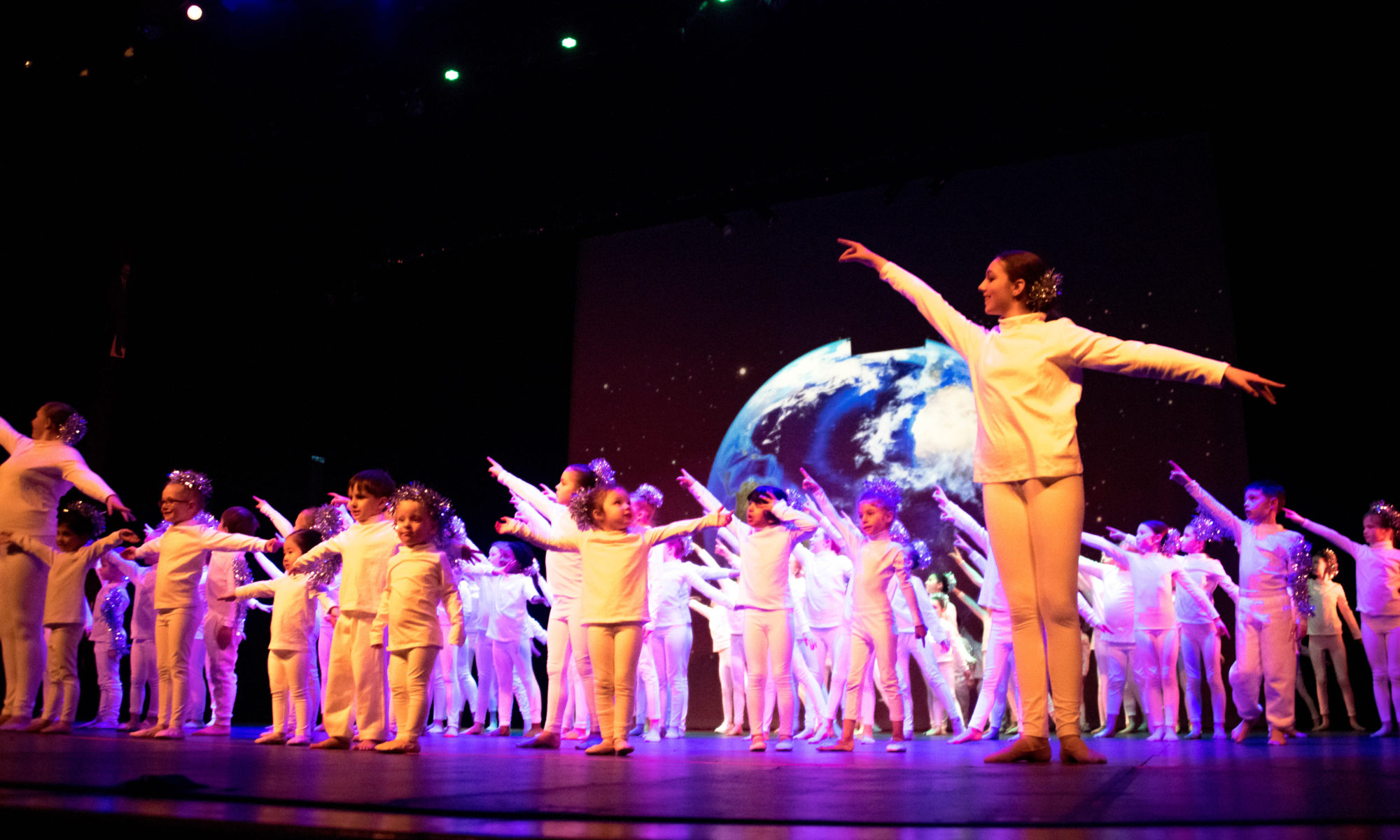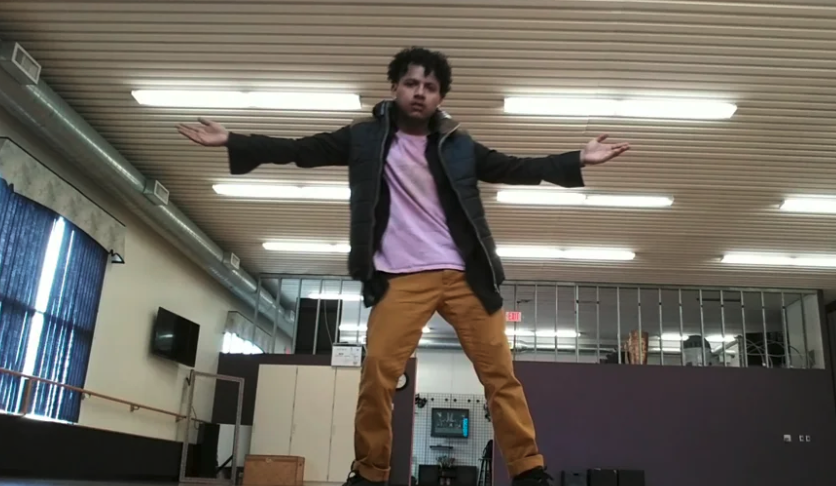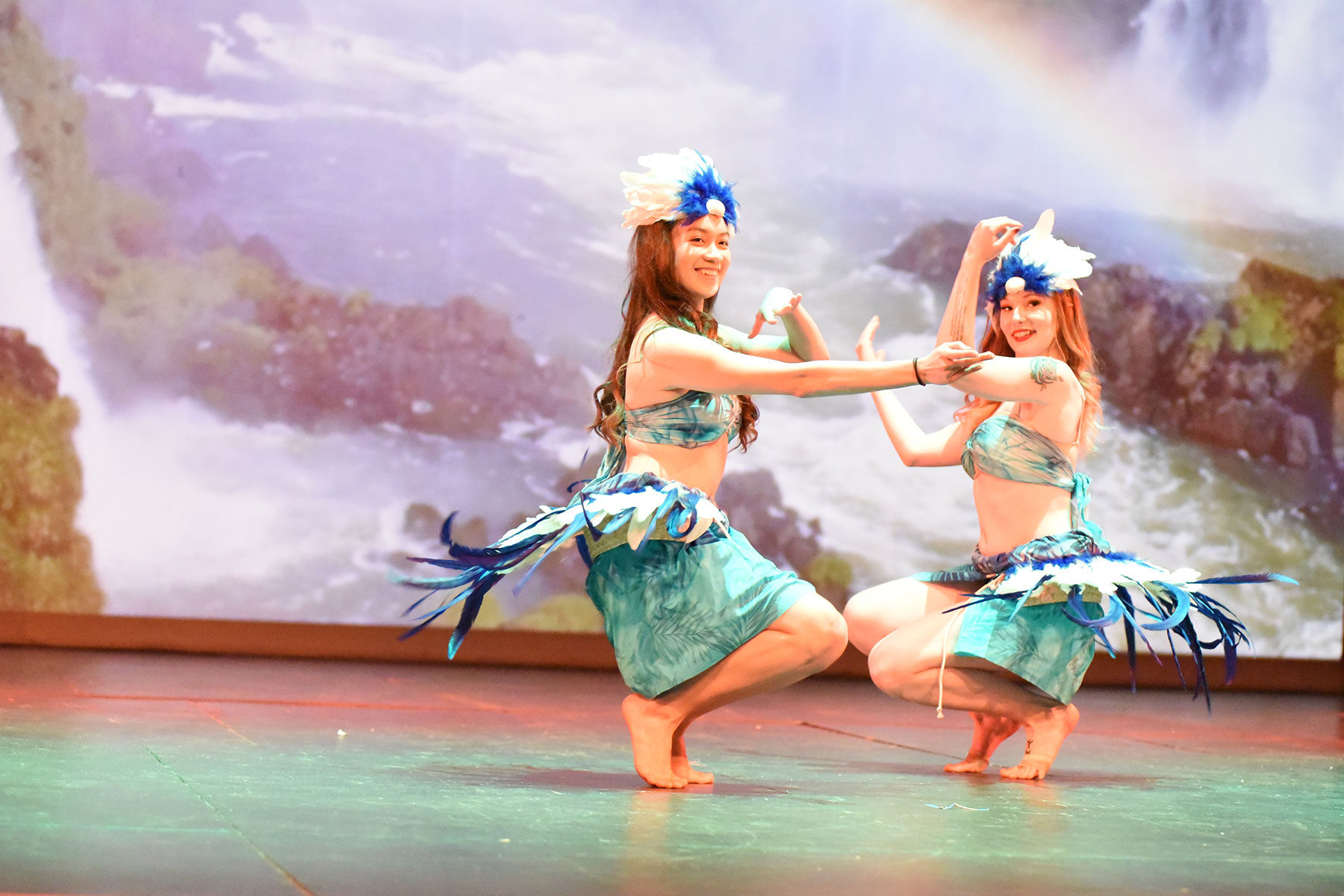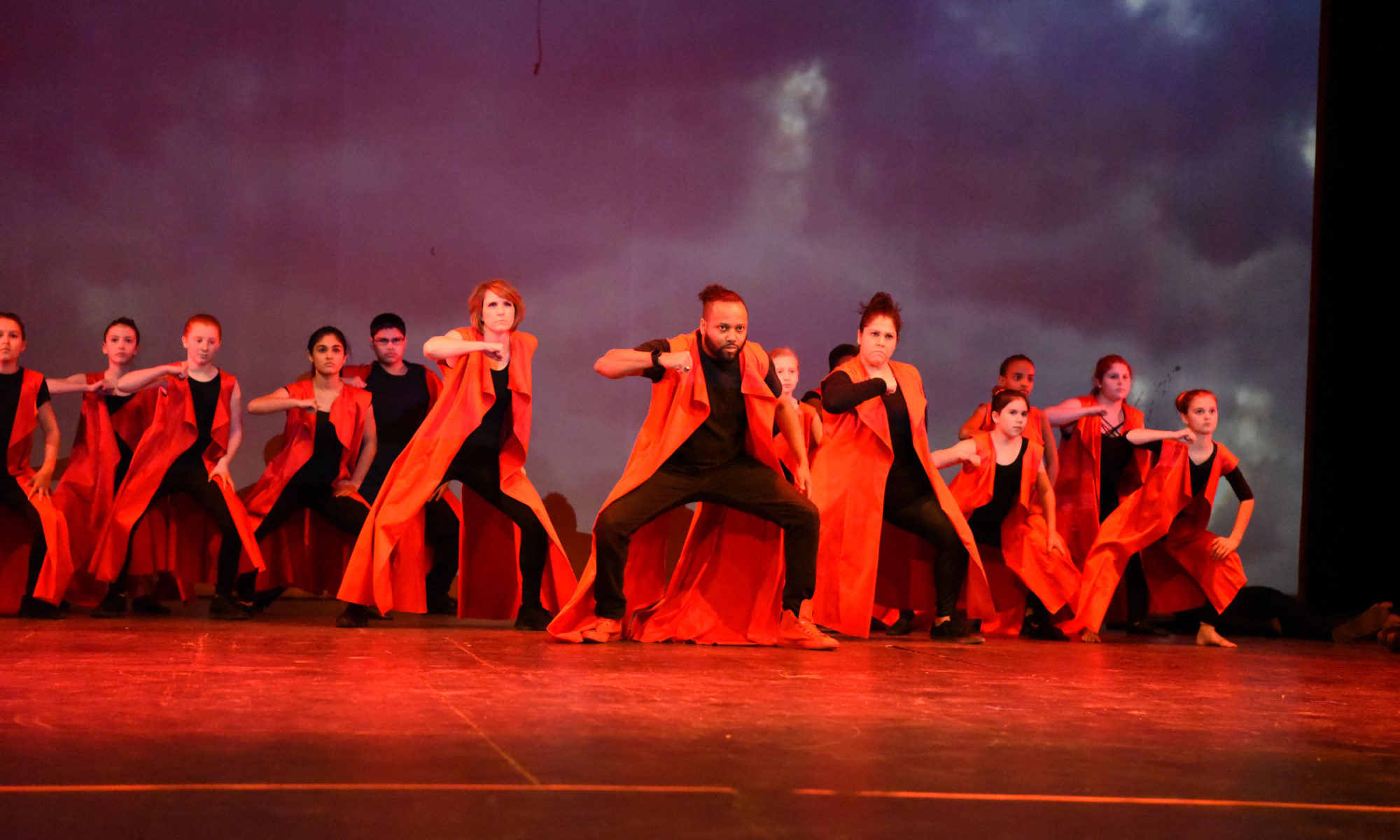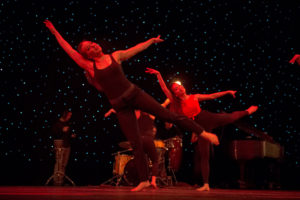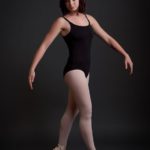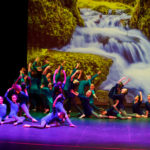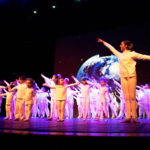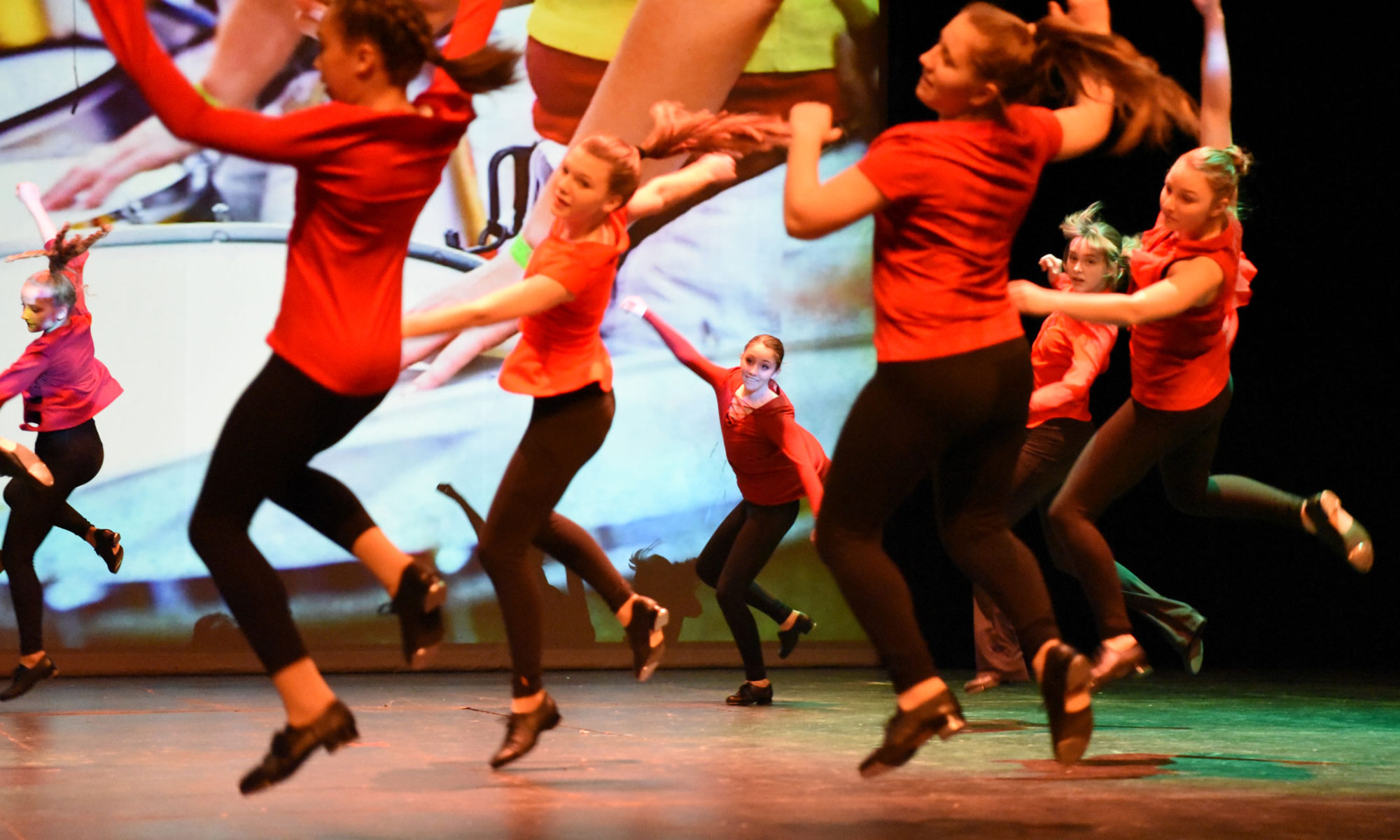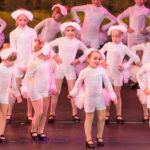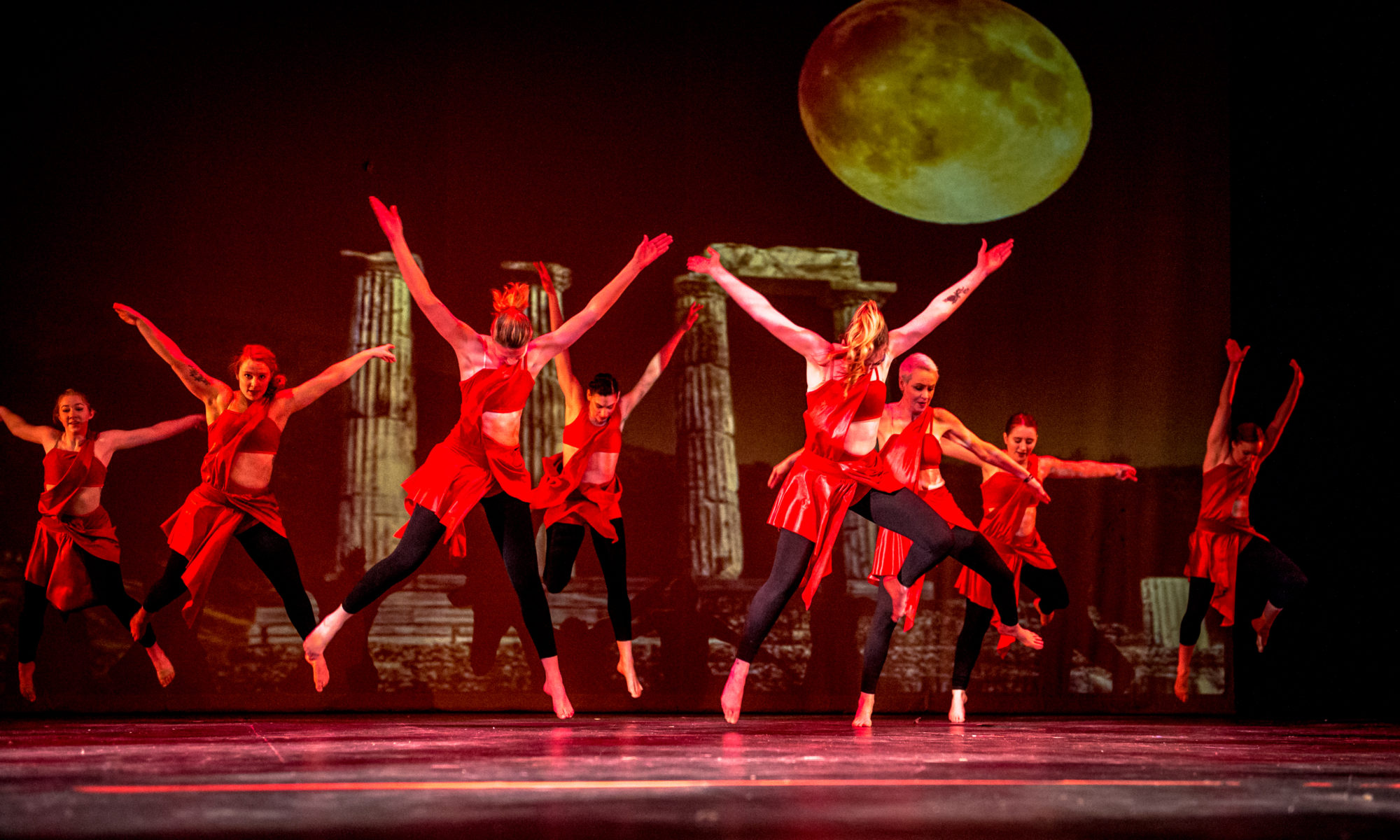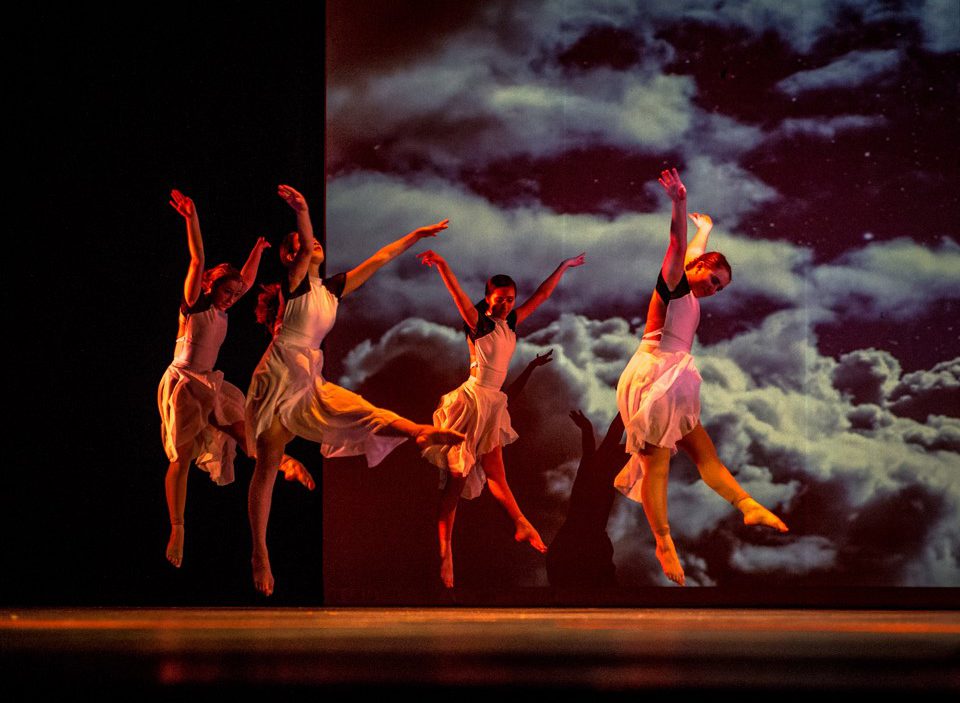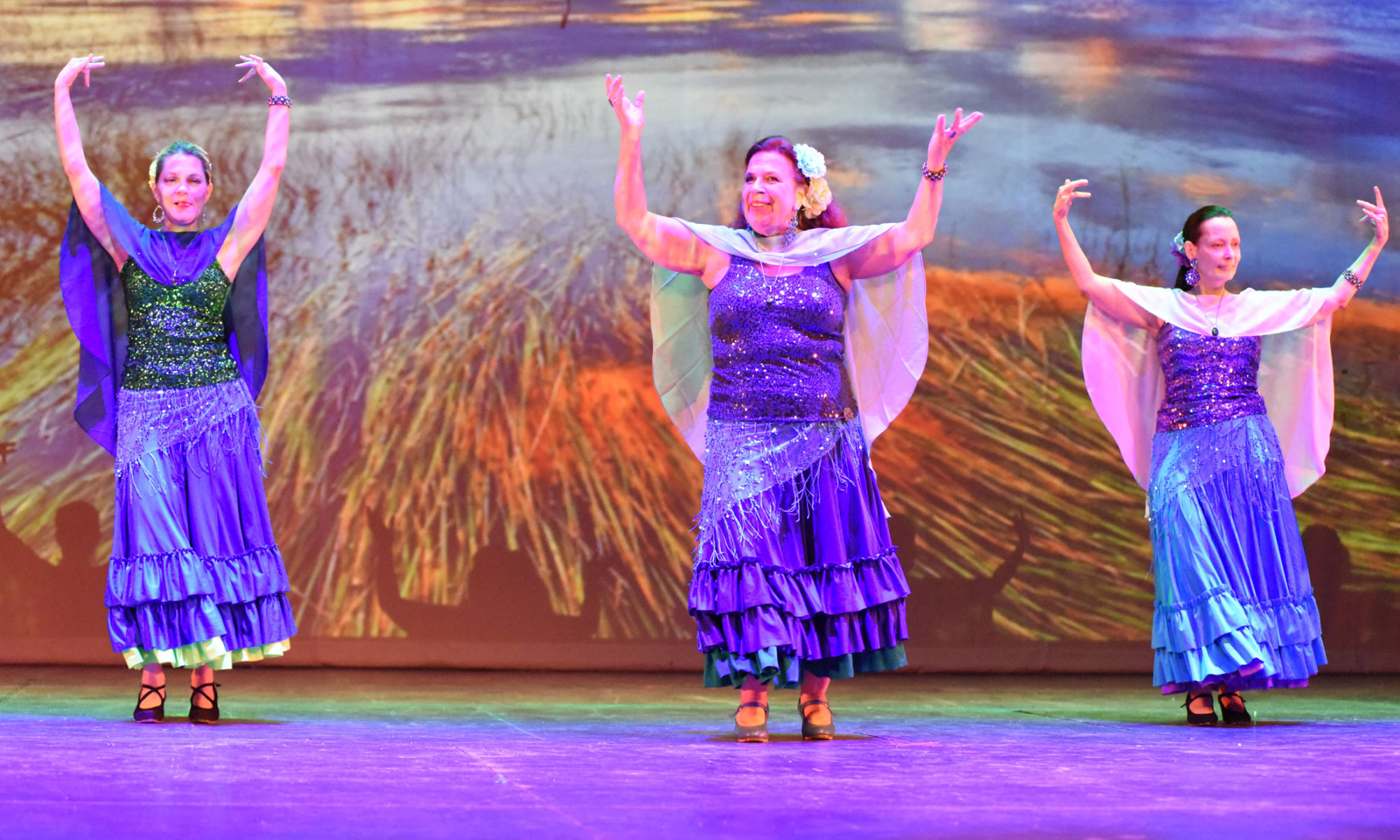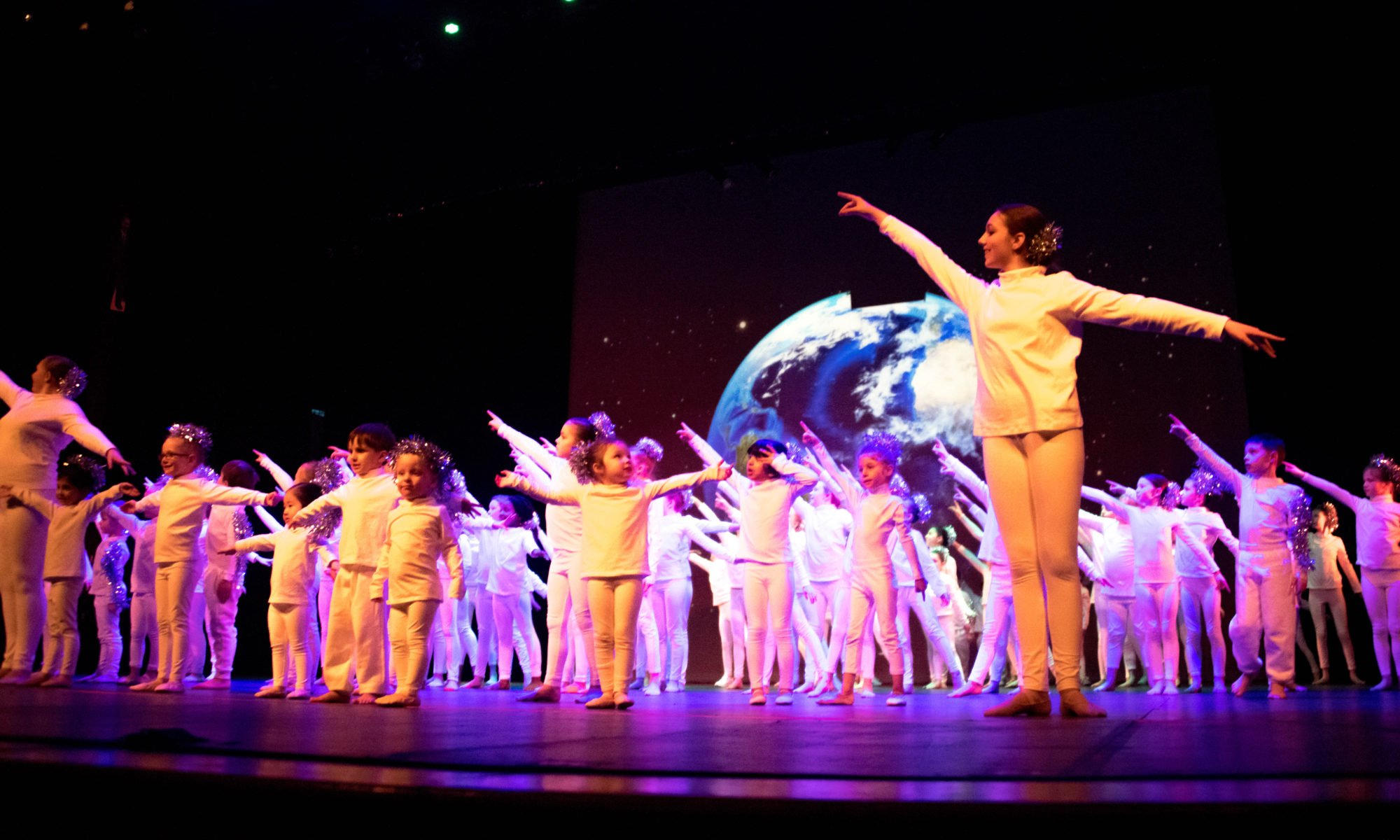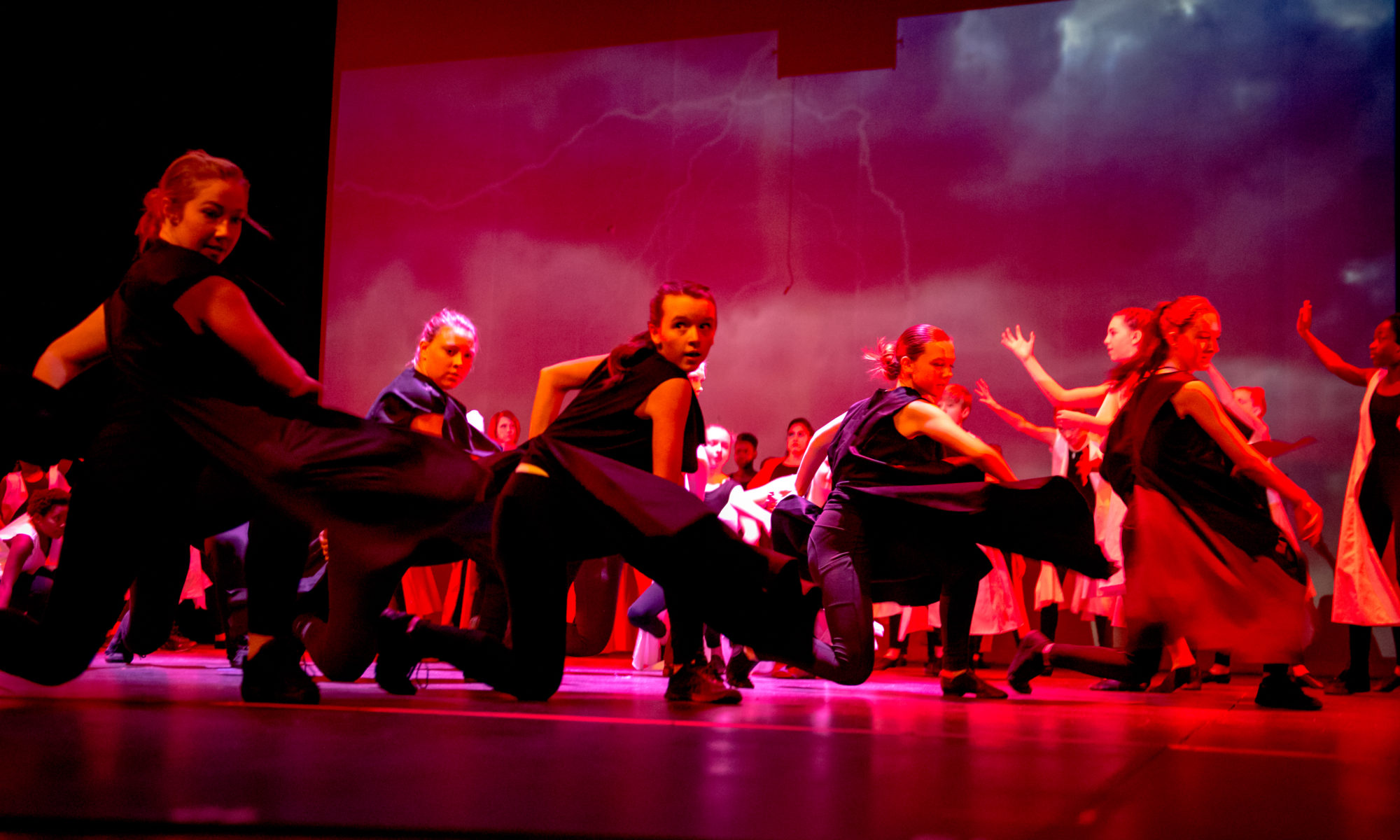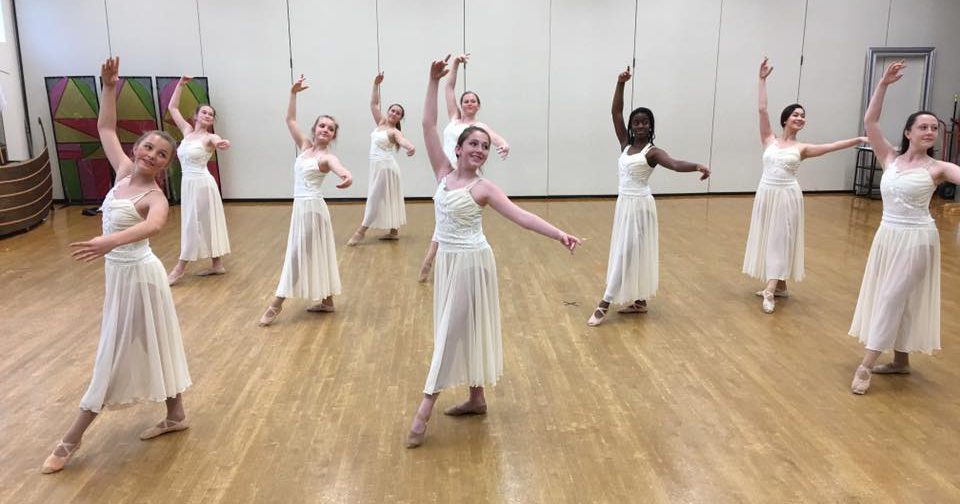https://vimeo.com/401239443/61c2d38ffb
Protected: Child Ballet & Tap Mon 5:15pm
Hula/Ori Tahiti
Hawaiian/Polynesian Dance: Hula/Ori Tahiti
Dancers tell a story using their hands and body movements. Both styles of dances are Polynesian but each style is unique. Originating from Hawaii, Hula is the traditional lineage dance with fluid arm and hand motions, and voice and choreography that comes from an old place. Performed to chants or accompanied by ancient percussion instruments, it requires much training and dedication and is regarded as being a dance of spiritual connection. Modern Hula is Influenced by contemporary times but with old knowledge and is accompanied by modern instruments such as the ukulele, guitar, steel guitar, bass or piano. Originating from Tahiti, Ori Tahiti dance involves fast hip movements and fast drum beats for the story-telling.
Hip Hop
An art form as we know it today, originated in the South Bronx section of New York City around the mid 1970s. You can see Hip Hop in most MTV videos. It’s an aerobic and acrobatic style of dance that has basic technique of foot work and floor work that is accented by individual free style and perspective.
Dress Code & Class Attire
Regular Dance Classes
MUNCHKIN, CHILD & YOUTH LEVELS
| Class | Dancewear | Shoes | Tights/Socks |
|---|---|---|---|
| Ballet | Black leotard any style. | Pink ballet shoes. | Footed or footless tan tights. |
| Tap | Black leotard any style. | Black tap shoes. | Footed or footless tan tights. |
| Jazz | Black leotard any style. | Tan slip-on style jazz shoes. | Footed or footless tan tights. |
| Modern | Black leotard any style. | No shoes required. Some students prefer to wear foot thongs or turners. | Footless tan tights. |
| Hip Hop | Black leotard any style or Black T-shirt. Choice of black leggings, sweats or biker shorts. | Any style/color of tennis shoes. | Any color socks. |
| Break Dance | Black leotard any style or Black T-shirt. Choice of black leggings, sweats or biker shorts. | Any style/color of tennis shoes. | Any color socks. |
| Boys in all disciplines | Black T-shirt, Choice of black sweats, yoga pants or biker shorts. No denim jeans. | Ballet shoes = black. Tap shoes = black. Jazz shoes = black. Hip Hop & Break Dance = any style/color tennis shoes. |
Any color socks. |
JUNIOR & SENIOR LEVELS
| Class | Dancewear | Shoes | Tights/Socks |
|---|---|---|---|
| Ballet & Pointe | Black leotard any style. Optional wrap skirts or form fitted top wraps or shrugs. | Ballet = pink ballet shoes. Pointe = pink pointe shoes. |
Tan tights. |
| Tap | Black leotard any style or form-fitted top. Choice of black leggings, yoga pants, sweats or biker shorts. No denim jeans. | Black oxford-style tap shoes. | Student’s choice of socks or tights. Some choose not to wear any socks. |
| Jazz | Black leotard any style or form-fitted top. Choice of black leggings, yoga pants, sweats or biker shorts. No denim jeans. | Tan slip-on style jazz shoes. | Tan tights. |
| Modern | Black leotard any style or form-fitted top. Choice of black leggings, yoga pants, sweats or biker shorts. No denim jeans. | No shoes required. Some students prefer to wear foot thongs or turners. | Tan footless tights. |
| Hip Hop | Black leotard any style or Black T-shirt. Choice of black leggings, sweats or biker shorts. | Any style/color of tennis shoes. | Any color of socks or tights. |
| Break Dance | Black leotard any style or Black T-shirt. Choice of black leggings, sweats or biker shorts. | Any style/color of tennis shoes. | Any color of socks or tights. |
| Boys in all disciplines | Black T-shirt, Choice of black sweats, yoga pants or biker shorts. No denim jeans. | Ballet shoes = black. Tap shoes = black. Jazz shoes = black. Hip Hop & Break Dance = any style/color tennis shoes. |
Any color socks or no socks. |
ADULTS
Adult students can follow the dress code for the ‘Junior & Senior Levels,’ but can also choose a more relaxed dress code. For instance, in ballet, pointe, jazz and modern, they can opt for camisole tops plus leggings or yoga pants rather than tights. In tap and hip-hop, adults can elect to wear comfortable clothing such as loose tops and bottoms (no denim jeans). Dance shoe requirements, however, must remain as noted in the ‘Junior & Senior Levels’ section above.
Attire for Flamenco & Hawaiian Dance Classes
Students in the flamenco class should consult with the instructor on the first day of class to find out where to order the flamenco ruffled skirt and flamenco shoes. It is recommended that students wear a camisole or other form-fitting top and leggings in black color in addition to the instructor’s recommended ruffled skirt.
Students in the Hawaiian class should wear a camisole top or other form-fitting top and leggings in black color. This class is taken barefoot. The instructor will make the recommendation as to the proper hip scarf students should get.
Attire for Acting and Choir Classes
All students in either acting or choir classes must wear a black shirt (t-shirt, camisole top, turtle-neck, leotard, etc.) and black bottoms such as yoga pants, leggings, biker shorts, hip-hop pants, or sweats. This dress code benefits a student’s education because it allows his/her facial expressions and character development to be the focal point in class rather than designs and busy print on shirts which are very distracting. Students can elect to wear any style/color tennis shoes or black jazz shoes.
Costumes, etc.
- Dance, acting and choir students in every show produced by Heartbeat will be required to purchase a costume appropriate for the character of their dance, song or acting scene. In some shows, it will be necessary to order custom-made costumes, while in other shows, students may be asked to find a clothing item they already own. In all cases, Heartbeat is diligent in trying to keep costume expenses as low as possible. Costume order sheets and other related information are handed out to students prior to the start of each production preparation.
- Female dancers of all ages participating in any of our musical theater productions will need to purchase a light tan body tight. The Capezio brand is recommended. The body tight will provide modesty when changing from one costume to another in the dressing area and will also serve as the ‘light tan tights’ requirement for our shows. If a parent can’t find a body tight small enough for their child, they can opt for a light tan or nude color camisole leotard and regular light tan tights. Information will be disseminated prior to each production as to where students can order the body tights online or find at a local dancewear store.
Make-up Classes, Refunds, Class Drop-out
Make-up Classes
- Make-up classes can be taken any time within 30-days of an absence for any reason. Make-up classes must be taken within the session in which the class was missed.
Refunds
- Registration fees are not refundable for any reason. Tuition is not refundable for any reason less than two weeks prior to the first day of the start of a session. Refund requests before the two weeks prior to the start of a session will incur a 50% fee. Full refunds are given only for class cancellation by Heartbeat due to insufficient enrollment or for illness or injury supported by a doctor’s notice.
Class Drop-out
- Students who drop out of all of their classes at Heartbeat must submit a 30-day written (or emailed) notice. Tuition will still be charged during the 30-day period and the student is welcome to continue his/her classes during that time. If a student is dropping some, but not all, classes at Heartbeat, a drop-out notice is not required. Simply inform the front desk of your schedule changes.
Communication, Safety, & Heartbeat’s Performance Requirements
Communication
Important announcements, reminders and newsletters are sent out via email so it is very important that students keep Heartbeat updated on any changes to their email addresses and to set up their email to accept Heartbeat’s communication. When applicable, notices will also be posted on Heartbeat’s website: heartbeat-studios.com and on the Heartbeat Performing Arts Center Facebook page. These notices include newsletters, special announcements such as class cancellation due to bad weather, show rehearsals, costume information, etc.
From time to time, information is disseminated by hard-copy directly to each student. Parents of young students should regularly check their child’s dance bag for these notices which may include costume order forms and new class schedules.
Safety
- Bad weather class cancellation notices will appear on Heartbeat’s voicemail (952-432-7833) and Facebook page (Heartbeat Performing Arts Center) by 3:00pm the day of the weather emergency. If in doubt, students and teachers are asked to call Heartbeat to hear the recorded message before they attempt to travel to the studio. If a weather emergency happens after classes have started, students will call their parents for an early pick up.
- Heartbeat’s student drop off and pick up policy requires parents or chaperones of younger students to walk their children into the building before class and meet them in Heartbeats lobby to walk them out to their cars after class. It is incredibly unsafe for young children to dart out of Heartbeat’s building into a parking lot full of cars. Parents are asked to make sure their children know this procedure.
- Class behavior education requires that students practice the etiquette of being respectful to each other and to their teachers. Key to this is refraining from talking during class, turning off cell phones, no food or beverage brought into the classroom, arriving on time, wearing proper attire, and coming to class with a positive attitude ready to learn.
Heartbeat holds safety in the studio as a high priority. Students exhibiting disrespectful or unsafe behavior will be asked to sit down and observe the remainder of the class. In some cases, a meeting with the student and parent will be scheduled.
Heartbeat’s Performance Requirements
Heartbeat requires that all performers must have their class(es) required costume pieces and footwear in order to perform with their class on stage. Please label your costume pieces and footwear with your name so they can be easily returned to the owner if they become lost or found.
Heartbeat requires that all students under the age of 18 have a guardian present at their performances.
This is in case of an emergency such as injury, illness, etc… If an emergency happens during a presentation, we will stop the show and make an announcement for the child’s guardian to come backstage. We also make note of the guardian seat number so we may find the child’s guardian if needed.
Heartbeat requires that each student-family purchase one DVD or Flash Drive keepsake video recording of the performance. We feel it is important to memorialize each student’s experiences as they grow and develop in the performing arts. The recordings are the only way that a student can actually see their own performance and feel pride in how much they have personally grown. Due to very strict copyright regulations in force during our productions, we are not at liberty to allow parents to film, photograph or perform any electronic recordings of their own. Following the show, you will receive an email when your Video recordings are ready for your pick up at Heartbeat. You will also receive a link to the photo gallery from the professional photographer who will be photographing the performance.
Tap
This original American art form, along with Jazz music, share a unique “marriage” in the performing arts. Based on the influence of rhythms from many ethnic sources. Tap not only trains the student as a dancer, but as a musician/percussionist as well. Heartbeat’s Tap instruction reinforces the musicianship of the dancers. Correct technique and the freedom of improvisation are equally important at Heartbeat. Tap students, even the very young, may find themselves using hand drums as part of their Tap dance training. The intricacies of Jazz music and its relationship to Tap dance are also stressed. The dancers soon find out that they are the music; the time keepers; the soul in what their soles can do!
Modern
Modern dance originated as rebellion against Ballet. In the late 1800’s, a ballerina named Isadora Duncan became internationally famous by performing her passionate free form solos while barefoot and costumed in loose flowing fabrics without a corset. This was a new form of dance thus it was named Modern. In the early 1900’s, choreographer Martha Graham shaped Modern technique by incorporating Ballet technique to give it structure and added her philosophy that Modern’s dynamic movement must passionately radiate from a center contraction. Modern has evolved into today’s highest art form of dance and consequently is the basis of most college dance programs.
Leap and Turns
Fundamental, and vital to most dance forms, leaps and turns challenge the strength, grace, and technical expertise of a dancer. Whether sailing high in a grand jete’, or executing multiple pirouettes, leaps and turns are integral to most choreography, and exemplify the dancer’s skill.
Jazz
This American dance form was developed along side the revolutionary musical form, thus they share the same name. In the early 1900’s, original Jazz movement was meant to be a visual representation of Jazz music. Influenced by the rhythmic punctuation and syncopation, Jazz technique is based in isolations of torso, shoulders, and hips with fast footwork. Highly styled, flashy and sleek, Jazz dance has evolved into the most common dance form found in Broadway productions today.
Flamenco
Flamenco dance is a highly-expressive and passionate Spanish dance form. Flamenco is dance characterized by hand clapping, percussive footwork, and intricate hand, arm and body movements. In addition to rhythmic footwork and hand clapping, flamenco dancers often use fans, shawls, canes, hats or castanet’s to tell the story within each dance.
Combination
These classes are primarily for students three to twelve years of age. The very young have a blend of Ballet and Tap dance plus creative motor-skills development. The next level introduces Jazz dance along with Ballet and Tap. The importance of exposure and training in a variety of dance disciplines is important at Heartbeat because we strongly believe it creates a better and more versatile dancer. Studying multi-disciplines is synergistic to the young dancer because the skills learned in each discipline only help the student excel in others.
Choir
Heartbeat offers a youth choir program for students age eight to twelve, and a teen choir company. From world music to Broadway tunes, from soul to rock, the students learn a comprehensive selection of songs, while learning proper vocal technique, breathing and other tools to enhance vocal range and clarity. Both the youth and teen choirs perform in Heartbeat’s annual musical theater productions and other venues throughout the year.
Breakdance
In its early form, breakdancing was divided into three distinct forms: Breaking, dancing, and popping. Breakdance is commonly associated with, but distinct from, popping which is one element of the funk styles that evolved independently in California during the 1970s, however elements of popping or poppin itself may have existed as a style or subculture of dance as early as the 1920’s when it, or the general sub culture of dance associated with Afro-Americans was known as Boogaloo. Other styles of dance associated with the funk styles include locking, tutting, krumping, boogaloo and liquid dancing. These styles are sometimes more “contortionistic” than “athletic,” although they are often incorporated by breakdancers who wish to widen their expressive range.
Ballet
Originating from royal French court dances of the 1700s, Ballet evolved into the quintessential classic form of dance in which most dance forms are technique based. Ballet is meant to give an ephemeral fluid quality to the dancer. This became emphasized as Pointe shoes were introduced in the 1800s to give the audience an illusion of a floating dancer on stage. Meant to demonstrate the beauty of the human form, Ballet technique was formed to fit perfect alignment of the body and five positions of legs, arms, torso and head as well as proper leaps, turns jumps and footwork.
Acting
From comedy to tragedy, this class focuses on character study and development, improvisation, physical pantomime and stage projection. Acting skills are taught to build confidence and comfort in front of an audience. Two plays are produced each year allowing students to also be involved in a variety of character studies and themes.
Hello world!
Welcome to WordPress. This is your first post. Edit or delete it, then start writing!
